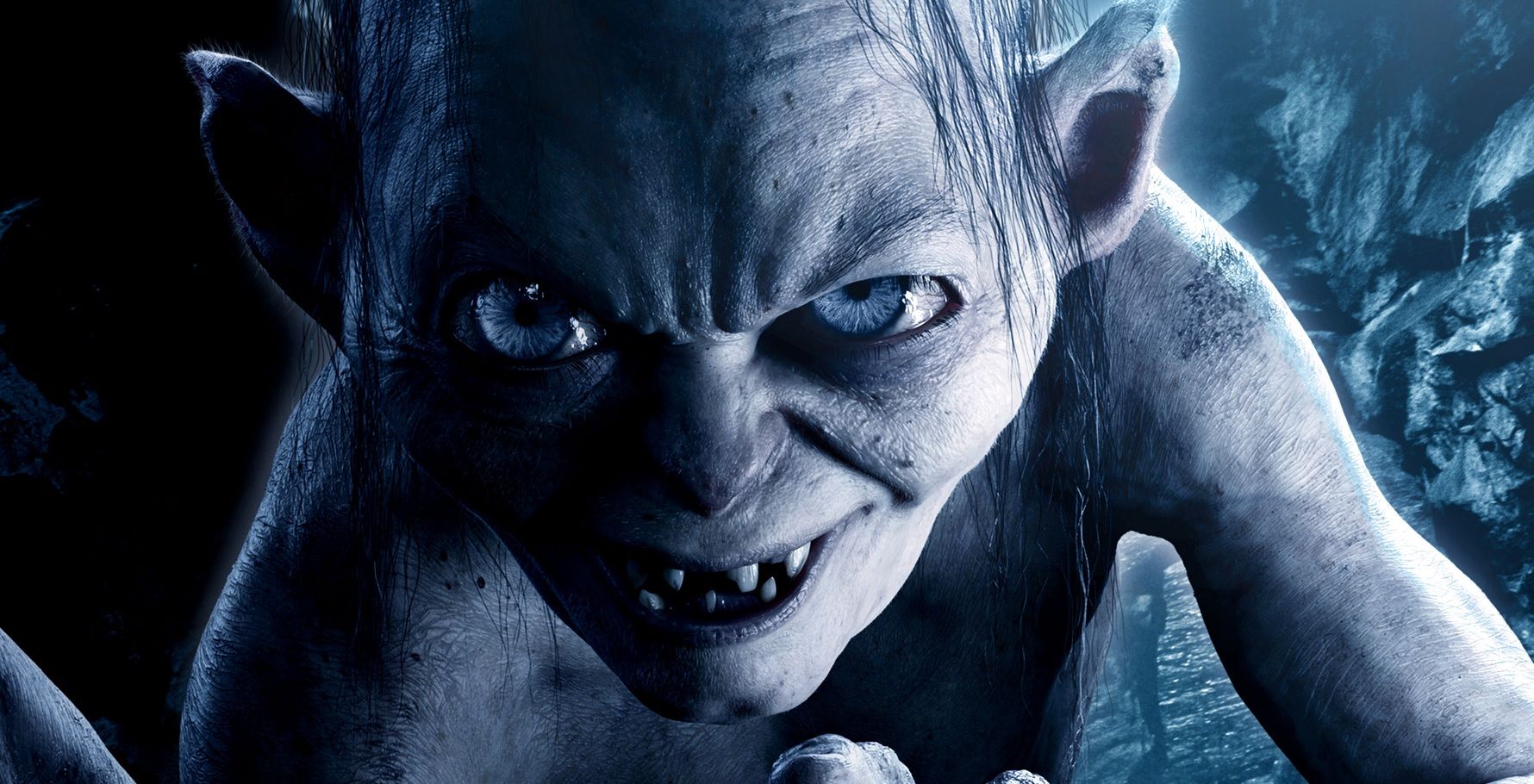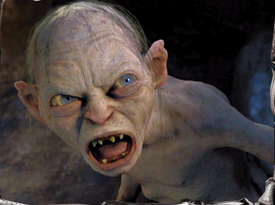
Gollum, meanwhile, begins life as a Hobbit called Sméagol. Grendel is also the direct descendent of Cain, the biblical character who slays his own brother. He emerges from hiding to murder patrons of a mead hall because he is tormented by their inaccessible merriment. While the poem doesn’t go into details about Grendel’s physicality, he is referred to as a “shadow walker”, and his backstory sounds awfully familiar.Ī once-human outcast, Grendel’s body is twisted into a monstrous form through his years in exile. Gollum may seem like a singular figure in literature, but Tolkien actually based the character on Grendel, the marsh-dwelling villain of the Old English epic poem Beowulf.

They are also training a new crop of actors so that Serkis can spend a little more time upright on other passion projects, like stealing the show in Marvel movie trailers. Today, Serkis runs Imaginarium, a full-fledged performance capture studio. But by the time The Hobbit rolled around, they had streamlined the process, building a modified suit that accomplished everything at once, allowing Serkis to act alongside Martin Freeman (Bilbo). At first, they filmed the actors on location with a stand-in, and Serkis would later perform his scenes alone on a sound stage in a complex green screen setup.

Since it was all so new, they continued developing the technology even mid-production. Andy Serkis and his portrayal of Gollum are entirely responsible for the motion capture and performance capture industry we know today. Animators would draw the characters in later, making guesses about movements and expressions rather than referencing an actual performance. Before the advent of motion capture technology, actors would struggle to muster real human emotions in reaction to blank space.


 0 kommentar(er)
0 kommentar(er)
